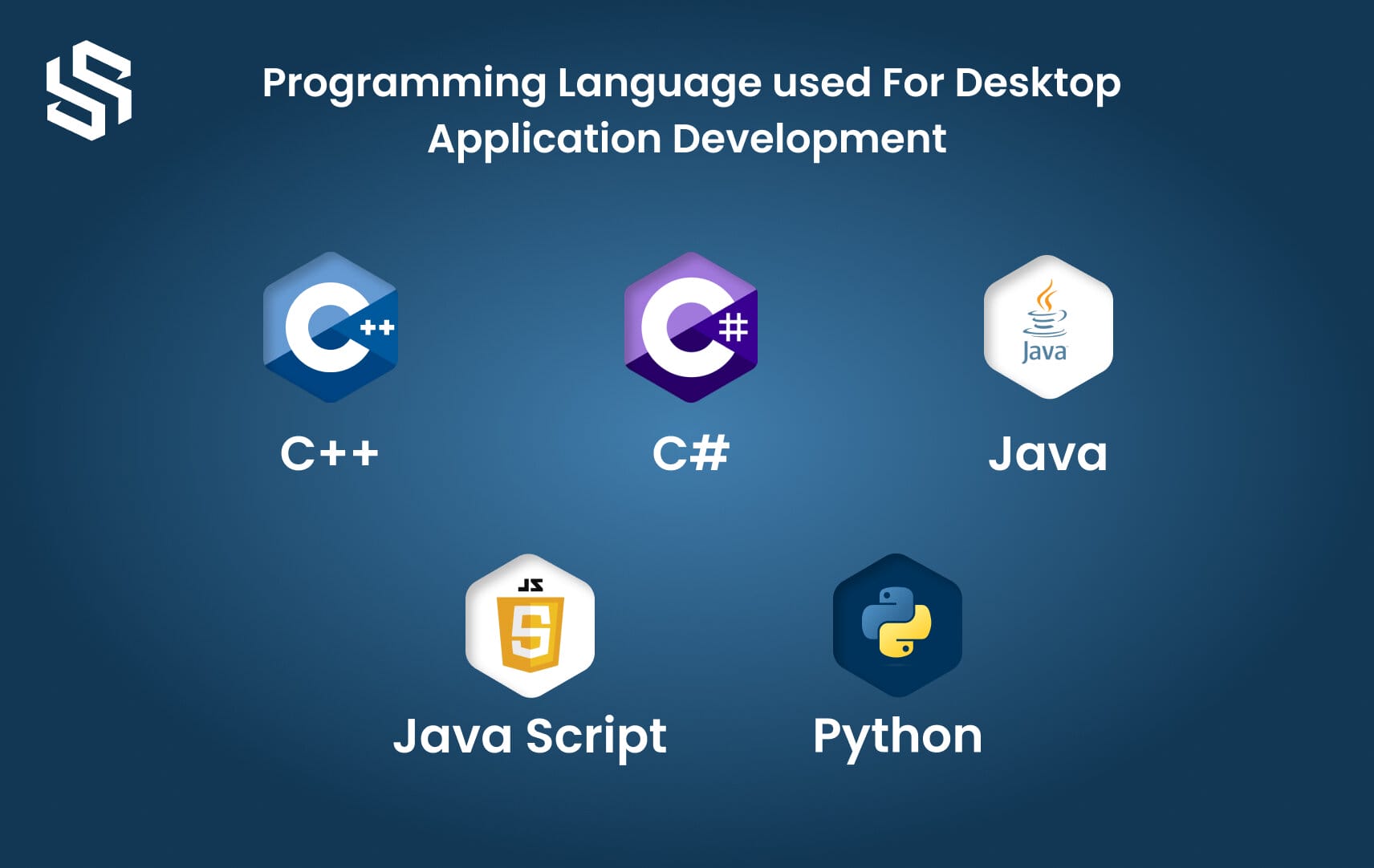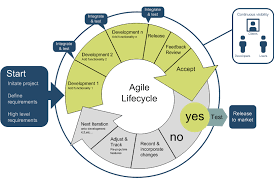The Power of Agile Software Development
Agile software development has revolutionized the way software projects are approached and executed. Unlike traditional waterfall methods, agile emphasizes flexibility, collaboration, and iterative progress. This approach has gained popularity for its ability to adapt to changing requirements and deliver high-quality products efficiently.
Key Principles of Agile
Agile is based on several core principles that guide its implementation:
- Iterative Development: Projects are divided into small, manageable iterations or sprints, allowing for continuous feedback and improvement.
- Collaboration: Cross-functional teams work closely together, fostering open communication and shared responsibility.
- Adaptability: Agile embraces change and welcomes new requirements even late in the development process.
- Customer Focus: The customer is involved throughout the development cycle, ensuring the end product meets their needs effectively.
Benefits of Agile
The agile approach offers numerous benefits to both development teams and clients:
- Rapid Delivery: By breaking down projects into smaller increments, agile enables quicker delivery of functional software.
- Improved Quality: Continuous testing and feedback loops help identify issues early on, leading to higher-quality end products.
- Enhanced Flexibility: Agile allows for changes to be incorporated easily, making it ideal for dynamic project requirements.
- Better Stakeholder Engagement: Regular interactions with stakeholders ensure alignment with project goals and expectations.
Conclusion
In today’s fast-paced digital landscape, agile software development has become a cornerstone of successful project management. Its focus on adaptability, collaboration, and customer satisfaction has made it a preferred choice for organizations looking to deliver value in a timely and efficient manner. Embracing agile principles can lead to enhanced productivity, improved outcomes, and ultimately greater success in the competitive world of software development.
Understanding Agile Software Development: Key Concepts and Comparisons
- What is Agile vs waterfall?
- What are the 6 phases of Agile software development?
- What is Agile vs scrum?
- What is Agile Software Development example?
- What are the 4 agile development methodologies?
- What are the 4 principles of Agile?
- What is meant by agile software development?
What is Agile vs waterfall?
When comparing Agile with the waterfall methodology in software development, the key distinction lies in their approach to project execution. Waterfall follows a linear, sequential process where each phase (such as requirements gathering, design, implementation, testing) is completed before moving on to the next. In contrast, Agile is iterative and incremental, breaking down projects into smaller iterations or sprints that allow for continuous feedback and adaptation. While waterfall is more rigid and less flexible to changes once a phase is completed, Agile embraces change and encourages collaboration among cross-functional teams throughout the development cycle. This difference in methodology impacts how projects are managed, how requirements are handled, and how quickly software can be delivered to meet evolving needs and market demands.
What are the 6 phases of Agile software development?
In Agile software development, the process typically consists of six key phases that guide the iterative and collaborative approach to project delivery. These phases are initiation, planning, execution, monitoring and controlling, testing, and closure. During the initiation phase, project goals and requirements are defined. Planning involves breaking down tasks into manageable units and setting timelines. Execution focuses on implementing the planned tasks through iterative development cycles. Monitoring and controlling ensure progress aligns with objectives. Testing involves rigorous quality assurance to identify and address issues. Finally, closure marks the completion of the project with a final review and reflection on lessons learned for future improvements.
What is Agile vs scrum?
When comparing Agile vs Scrum, it’s important to understand that Agile is a broader methodology that encompasses various frameworks and practices, with Scrum being one of the most popular frameworks used within Agile software development. Agile is a set of principles and values that emphasize flexibility, collaboration, and iterative progress in project management. On the other hand, Scrum is a specific framework within Agile that defines roles, events, and artifacts to structure and manage work effectively. While Agile provides the overarching philosophy, Scrum offers a more prescriptive approach with defined roles like Product Owner and Scrum Master, regular ceremonies such as Sprint Planning and Daily Standups, and artifacts like Product Backlog and Sprint Backlog. In essence, Agile is the overarching philosophy while Scrum is a specific implementation of Agile principles in project management.
What is Agile Software Development example?
In the context of agile software development, an example would be a team working on developing a new mobile application using the Scrum framework. The team follows iterative sprints, typically lasting two weeks, where they plan, execute, review, and adapt their work based on feedback received. Daily stand-up meetings keep the team aligned and focused on achieving their sprint goals. Throughout the process, the team collaborates closely with stakeholders to ensure that the product meets user requirements effectively. This example illustrates how agile principles such as iterative development, collaboration, adaptability, and customer focus are applied in real-world software development projects.
What are the 4 agile development methodologies?
There are four primary agile development methodologies commonly used in software development projects. These include Scrum, Kanban, Extreme Programming (XP), and Lean. Each methodology has its own unique approach to managing and executing agile projects, catering to different team structures, project requirements, and organizational goals. By understanding the key principles and practices of these methodologies, teams can choose the most suitable approach to successfully implement agile practices and deliver high-quality software products efficiently.
What are the 4 principles of Agile?
The four key principles of Agile software development serve as fundamental guidelines for successful implementation. These principles include iterative development, collaboration, adaptability, and customer focus. By breaking down projects into manageable iterations, fostering teamwork among cross-functional members, embracing change throughout the development process, and prioritizing customer involvement, Agile methodologies promote efficiency, flexibility, and customer satisfaction in software development projects.
What is meant by agile software development?
Agile software development is a modern approach to software project management that emphasizes flexibility, collaboration, and iterative progress. In agile methodology, projects are divided into small, manageable iterations or sprints, allowing for continuous feedback and adaptation to changing requirements. This methodology values customer involvement throughout the development process, ensuring that the end product meets their needs effectively. Agile software development promotes a dynamic and responsive approach to project execution, enabling teams to deliver high-quality products efficiently in today’s rapidly evolving digital landscape.




